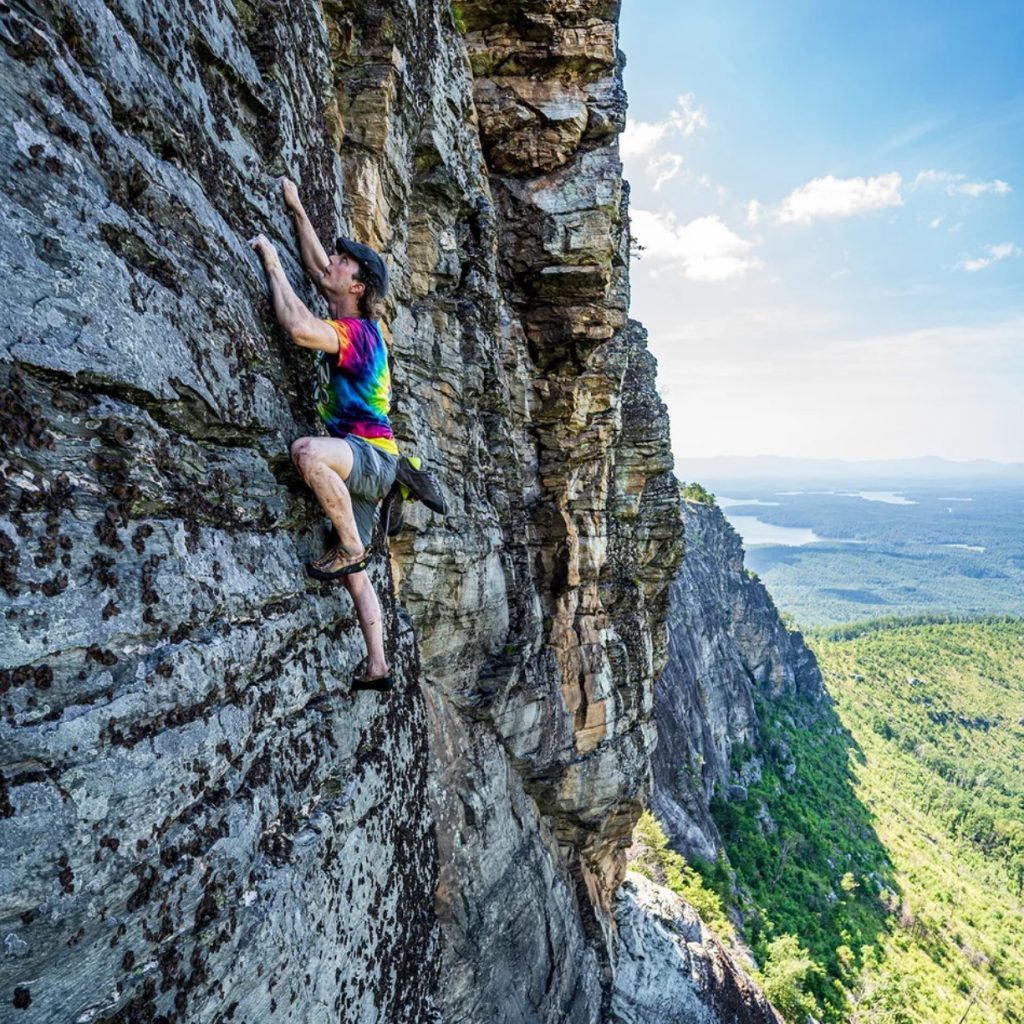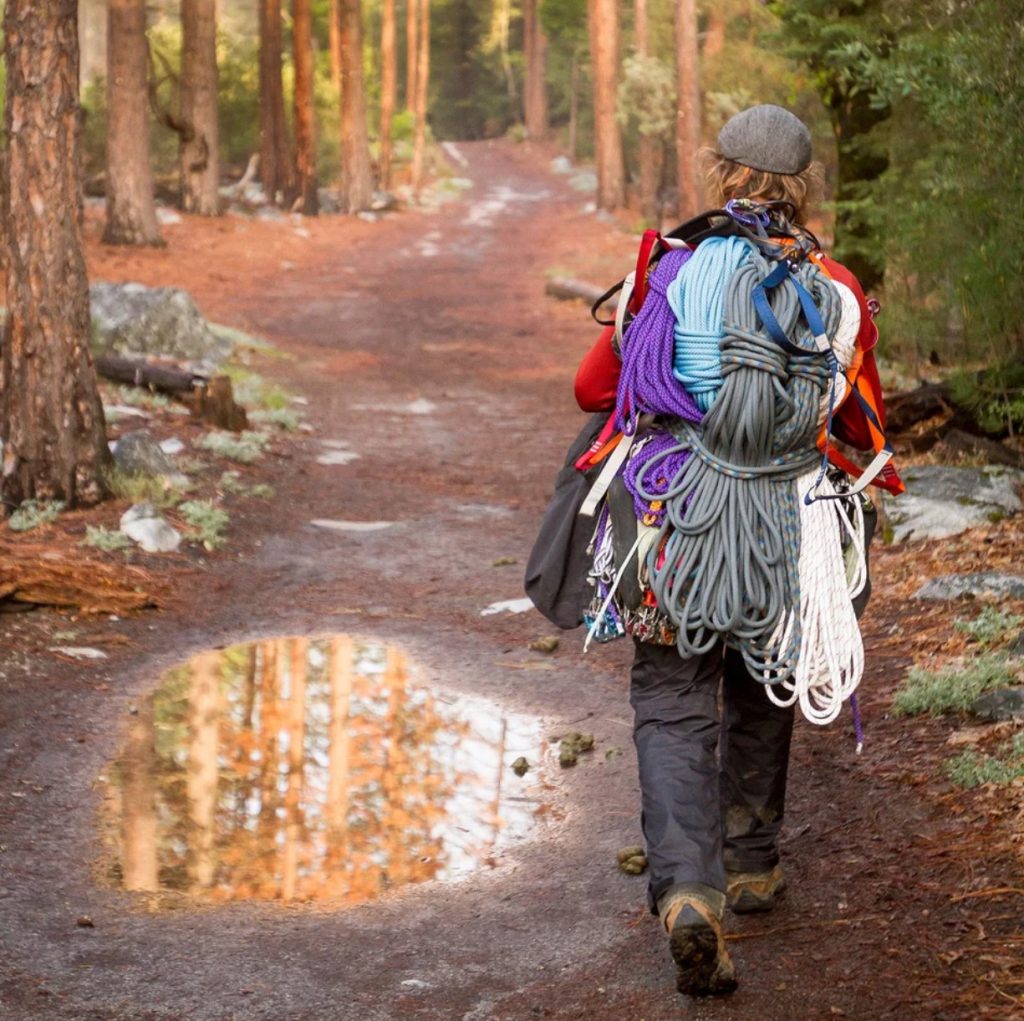In April 2015, a video titled “Free Soloing with a Hat” went viral on the internet. The footage showcased a man named Austin Howell climbing a rock face without any safety equipment, completely naked except for a gray newsboy cap. As the video gained attention, so did Austin Howell, a free soloist who pushed the boundaries of climbing by taking on challenging routes without ropes or protective gear. This blog explores the unique and unconventional journey of Austin Howell, shedding light on his motivations, struggles, and the mental health aspect of extreme sports.
- An Unforgettable Introduction
- The Man Behind the Climb
- Pushing the Limits of Difficulty
- Triumphs and Tribulations
- Climbing as Therapy
- The Dark Side of Soloing
- The Personal Connection
- The Intersection of Passion and Risk
- The Mental Game of Extreme Sports
- The Responsibility of Influencers
- Lessons in Risk Management
- The Evolution of Climbing
- Frequently Asked Questions on Climbing Safety and Risk Management
An Unforgettable Introduction
The video that introduced the world to Austin Howell showed him climbing a sheer rock face, defying gravity and conventional wisdom. The clip captured both the awe and the shock of viewers, who were amazed by his audacity and the risks he took. The video quickly gained traction within the climbing community and beyond, showcasing Howell’s fearless approach to the sport.
The Man Behind the Climb
Austin Howell, a sinewy climber with a scruffy beard and a distinct newsboy cap, captivated audiences with his death-defying stunts. He embraced his free soloing adventures with a combination of calculated preparation and a fun-loving spirit. Despite the inherent risks involved in his chosen path, Howell approached each climb with meticulous planning and a careful analysis of potential hazards.
Pushing the Limits of Difficulty
Howell’s soloing exploits went far beyond the average climber’s comfort zone. He tackled routes graded 5.12, a level that most climbers aspire to achieve with the safety of a rope. Many of his climbs were situated in Kentucky’s Red River Gorge, featuring treacherous overhangs and razor-thin holds. Howell’s ability to free solo such technically demanding routes set him apart as one of the few climbers in the world capable of such feats.

Triumphs and Tribulations
While Howell approached free soloing with careful analysis, the annals of climbing history are filled with stories of risk-takers who believed they could reason their way out of danger. Howell’s journey was not without its setbacks. A devastating fall during his college years left him with physical injuries and an invisible burden of depression. His accident served as a turning point, leading him to seek psychiatric help and confront the challenges of managing his mental health alongside his climbing ambitions.
Climbing as Therapy
For Howell, climbing was more than just a physical pursuit; it was a form of therapy. He found solace on the rock face, experiencing a respite from his turbulent mind. Climbing demanded his full attention and allowed him to temporarily escape the grip of depression. Howell’s candid reflections on his mental health struggles resonated with many, including myself, as climbing has been recognized as an effective therapeutic tool for battling depression.
The Dark Side of Soloing
While climbing can provide temporary relief from depression, it can also become a double-edged sword. The addictive nature of the sport and the pursuit of higher-risk climbs to achieve the same level of satisfaction can lead to a dangerous cycle. This phenomenon was observed not only in Austin Howell’s journey but also in the stories of other climbers battling depression. The allure of pushing personal boundaries can become an unhealthy obsession that perpetuates the feeling of being worthless.

The Personal Connection
As a climber who has grappled with depression, I found a personal connection to Austin Howell’s story. Rock climbing became my refuge during a dark period in my life, providing a temporary respite from the clutches of depression. Howell’s candid accounts of his struggles and his pursuit of climbing as a coping mechanism resonated deeply with my own experiences.
The Intersection of Passion and Risk
Austin Howell’s journey exemplifies the delicate balance between passion and risk in extreme sports. His love for climbing fueled his desire to push boundaries and explore the limits of human potential. However, it is crucial to acknowledge the inherent risks associated with free soloing. Climbing without safety equipment amplifies the consequences of a single mistake, making it a high-stakes pursuit.
The Mental Game of Extreme Sports
Extreme sports, such as free soloing, demand not only physical strength but also mental fortitude. The mental aspect of climbing becomes even more pronounced when there is no safety net. Austin Howell honed his ability to focus under pressure, managing fear and doubt while clinging to the rock face. This mental game is essential to survive in high-risk environments and highlights the importance of mental preparation in extreme sports.
The Responsibility of Influencers
As Austin Howell’s videos gained popularity, he became an influential figure within the climbing community and beyond. With increased visibility comes a responsibility to promote safety and ethical practices. Howell’s journey reminds us that extreme sports should not be romanticized or seen as an endorsement of reckless behavior. It is crucial for influencers to emphasize proper training, risk assessment, and responsible decision-making in their pursuit of adventure.
Lessons in Risk Management
While Austin Howell’s climbing endeavors may seem reckless to some, he meticulously assessed risks and prepared for each ascent. He studied the routes, analyzed potential hazards, and practiced movements before attempting the climbs. This deliberate approach to risk management distinguishes experienced climbers from those who act impulsively. Howell’s journey serves as a reminder that calculated risk-taking, coupled with thorough preparation, can mitigate dangers associated with extreme sports.
The Evolution of Climbing
Austin Howell’s unique style of climbing represents a small fraction of the broader climbing landscape. However, his unconventional approach challenges traditional notions of safety and pushes the boundaries of what is possible. As climbers continue to innovate and explore new frontiers, it is essential to strike a balance between pushing limits and ensuring safety, both for the individual and the climbing community as a whole.
Frequently Asked Questions on Climbing Safety and Risk Management
What are some essential risk management techniques for climbers?
Climbers should always assess weather conditions, use proper safety gear, communicate effectively with their team, and stay updated on route information to manage risks effectively.
How can climbers make responsible decisions in challenging situations?
By staying calm, evaluating options, and prioritizing safety over summit goals, climbers can make responsible decisions when faced with challenging situations.
What are the potential dangers and risks associated with climbing?
Climbing poses risks such as falls, rockfall, equipment failure, and adverse weather conditions, all of which require careful consideration and preparation.
Are there any recommended safety measures for climbers?
Yes, climbers should always wear helmets, double-check their gear, secure proper anchor systems, and undergo regular safety training.
How can climbers assess and mitigate the risks involved in their expeditions?
Researching the route, checking weather forecasts, being aware of personal limits, and carrying emergency communication devices can help climbers assess and mitigate risks.
What are some common mistakes climbers should avoid to ensure their safety?
Overconfidence, neglecting gear inspections, ignoring weather warnings, and not communicating with team members are common mistakes climbers must avoid.
Are there any specific training or preparation requirements for climbers?
Climbers should undergo physical training, practice climbing techniques, learn wilderness first aid, and gain experience on less challenging routes before attempting difficult climbs.
What factors should climbers consider when choosing their climbing routes?
Climbers should consider route difficulty, length, weather exposure, rock quality, and potential hazards when selecting a climbing route.
How can climbers effectively communicate and coordinate with their climbing partners?
Using two-way radios or agreed-upon signals, discussing the climb plan beforehand, and regularly checking in with each other enable effective communication and coordination.
Are there any ethical considerations or guidelines for climbers in outdoor environments?
Yes, climbers should follow the principles of Leave No Trace, respect wildlife and local communities, avoid altering the environment, and adhere to established climbing ethics.
Austin Howell’s unconventional journey as a free soloist captures the thrill and risks inherent in extreme sports. His audacious climbs and candid reflections on mental health struggles provide insights into the world of climbing beyond physicality. As climbers and enthusiasts, we can draw inspiration from Howell’s determination, learn from his risk management practices, and promote responsible and safe climbing practices. Ultimately, Austin Howell’s story reminds us of the transformative power of passion, perseverance, and the profound connection between mind and body in the pursuit of adventure.
